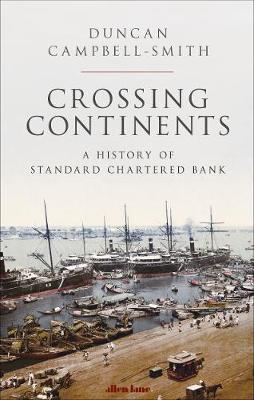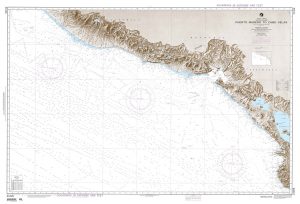Disclosure : This site contains affiliate links to products. We may receive a commission for purchases made through these links.
Crossing Continents: A History of Standard Chartered Bank

For almost a hundred years from the 1860s, the City of London`s overseas banks financed the global trade that lay at the core of the British Empire. Foremost among them from the beginning were two start-up ventures: the Standard Bank of South Africa, which soon developed a powerful domestic franchise at the Cape, and the Chartered Bank of India, Australia and China. This book traces their stories in the nineteenth century, their glory days before 1914 – and their remarkable survival in the face of global wars and the collapse of world trade in the first half of the twentieth century.The unravelling of the Empire after 1945 eventually forced Britain`s overseas banks to confront a different future. The Standard and the Chartered, alarmed at the expansion of American banking, determined in 1969 on a merger as a way of sustaining the best of the City`s overseas traditions. But from the start, Standard Chartered had to grapple with the fading fortunes of its own inherited franchise – badly dented in both Asia and Africa – and with radical changes in the nature of banking. Its British managers, steeped in the past, proved ill-suited to the challenge. By the late 1980s, efforts to expand in Europe and the USA had brought the merged Group to the brink of collapse.Yet it survived – and then pulled off a dramatic recovery. Standard Chartered realigned itself, just in time, with the phenomenal growth of Asia`s `emerging markets`, many of them in countries where the Chartered had flourished a century earlier. In the process, the Group was transformed. Trebling its workforce, it brushed aside the global financial crisis of 2008 and by 2012 could look back on a decade of astonishing growth. Recent times have added an eventful postscript to a long and absorbing history.Crossing Continents recounts Standard Chartered`s story with a wealth of detail from one of the richest archives available to any commercial bank. The book also affords a rare and compelling perspective on the evolution of international trade and finance, showing how Britain`s commercial influence has actually worked in practice around the world over one hundred and fifty years.





































































